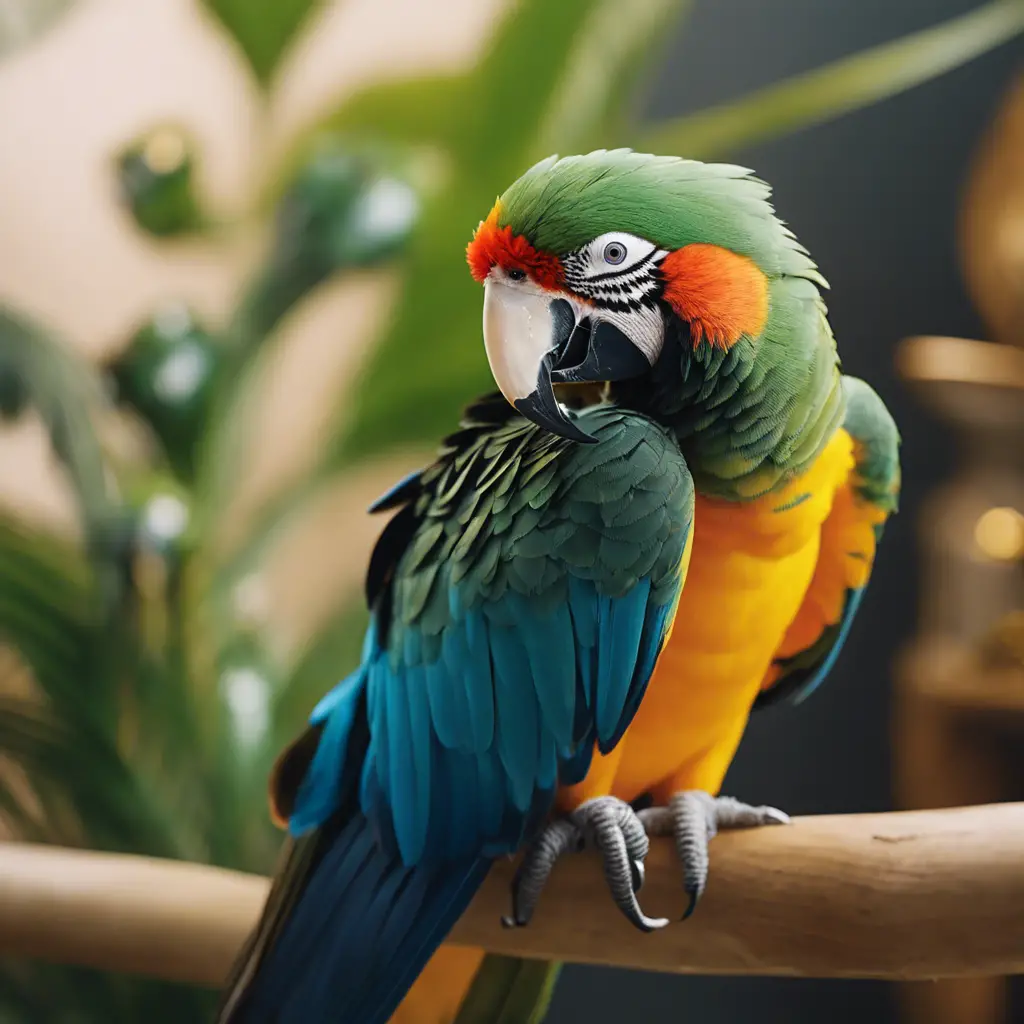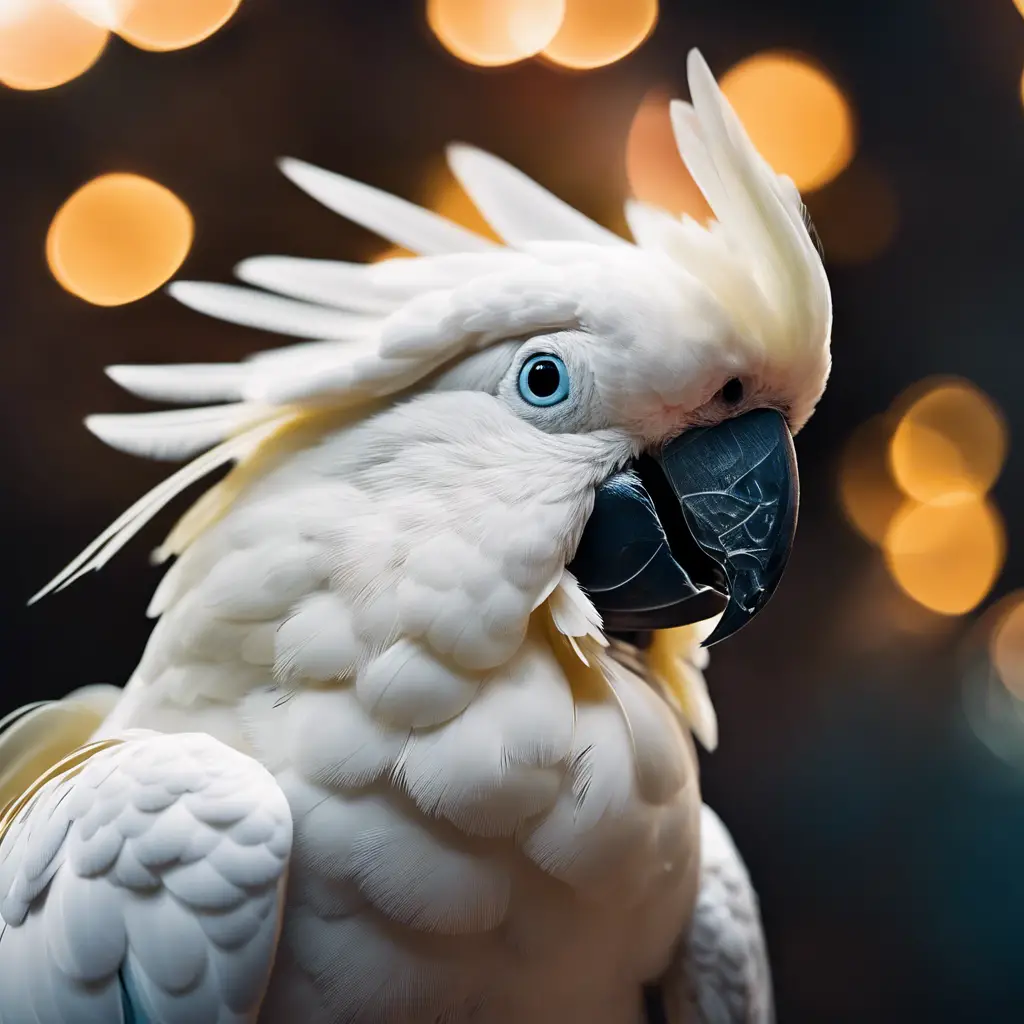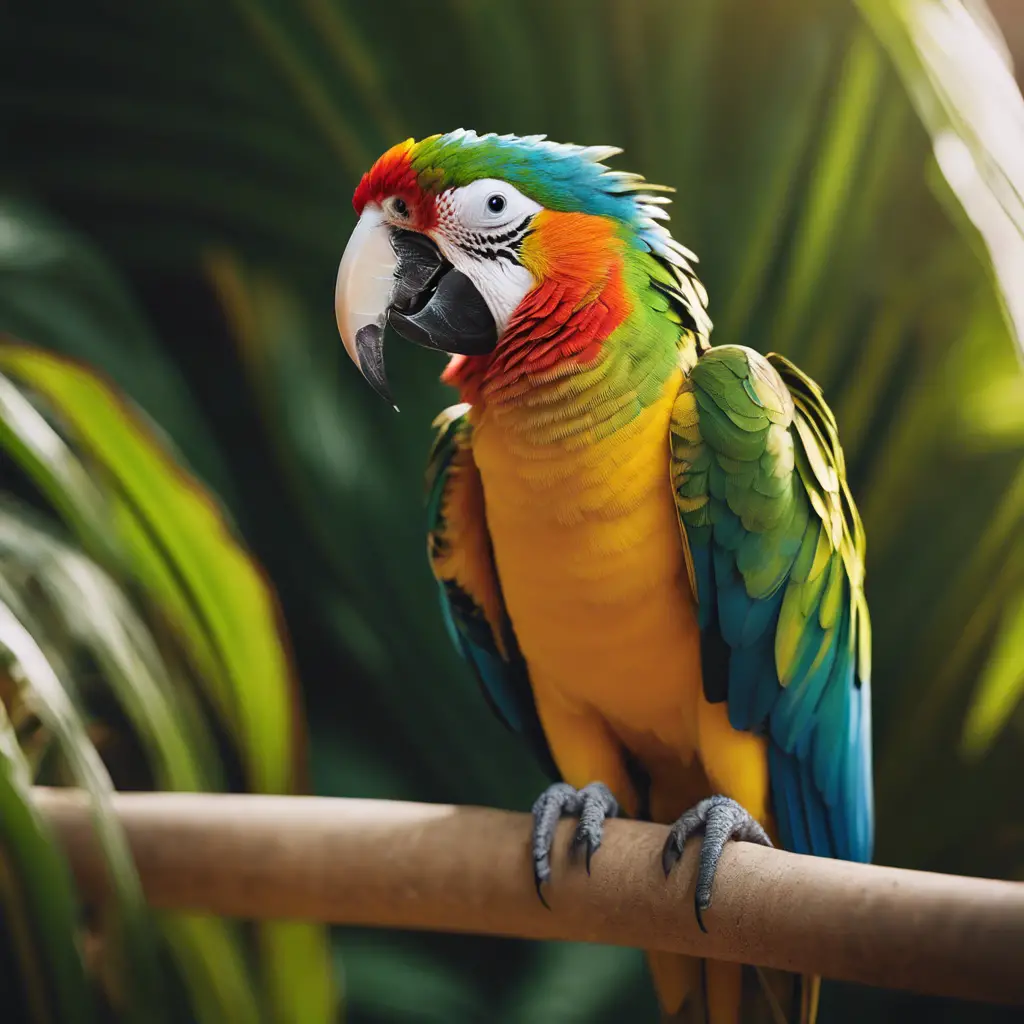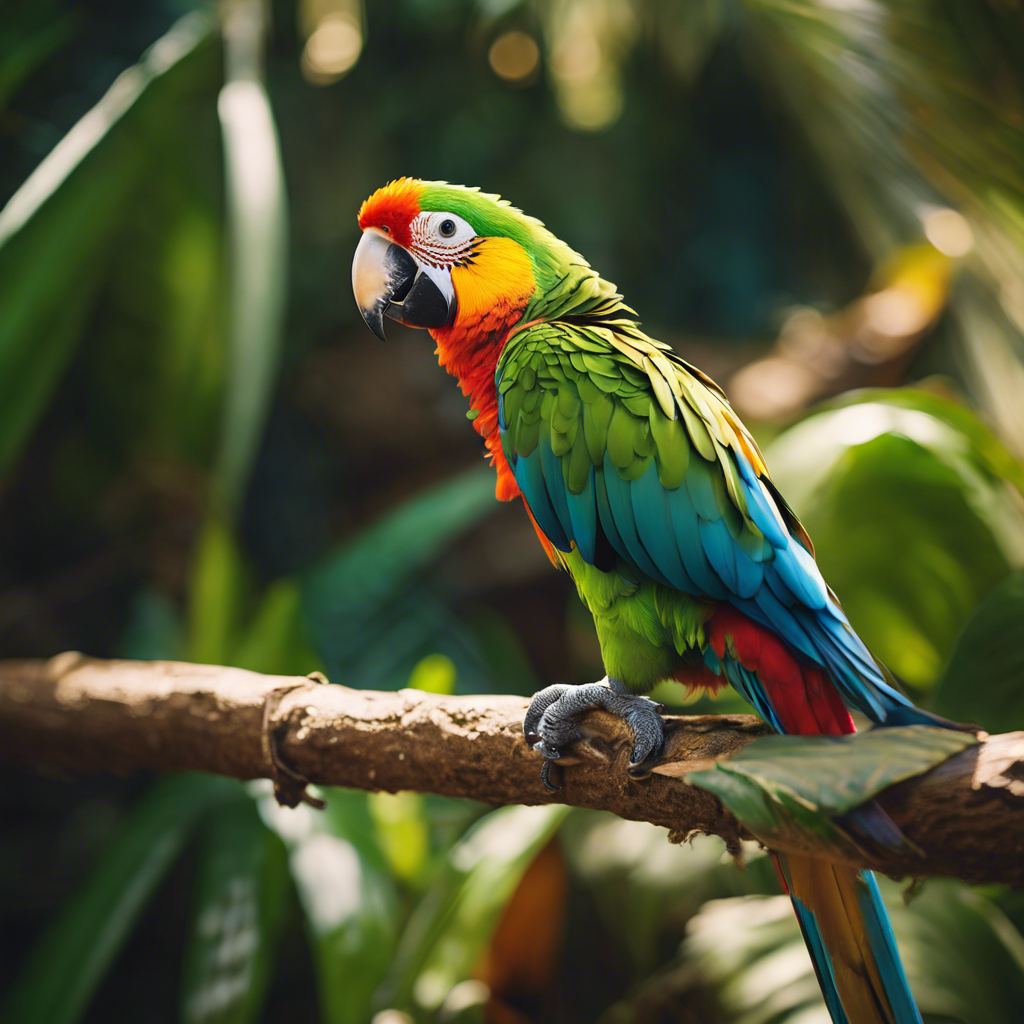As an ornithologist with years of fieldwork, my experience with birds has taught me much about their communication.
I remember the first time I saw a parrot’s ‘smile’ — it was during a research trip in the Amazon. Observing the bird, I realized that while it wasn’t smiling as humans do, it still shared a form of positive engagement.
I believe this mimicking behavior is their way of social bonding, not an actual emotion. This encounter sparked my fascination with avian behavior, leading me to explore how we interpret their actions through our own emotional lens.
Key Takeaways
- Parrots have expressive features that can mimic a human smile.
- Understanding bird expressions and emotions is crucial for their social interactions and survival.
- Recognizing signs of stress in birds is essential for their emotional well-being.
- Anthropomorphism can help interpret expressive behaviors intuitively, but consulting an avian veterinarian can provide further insights.
Understanding Bird Expressions

Birds communicate a range of emotions through a sophisticated combination of vocalizations, body language, and behaviors that are vital for their social interactions and survival in the wild. Your understanding of how birds express themselves is nuanced by the observation of their unique ways of expressing emotions through body language.
Despite limitations in their facial musculature, birds convey happiness not through facial expressions but through postures such as feather ruffling, wing flapping, and tail spreading. Parrots, in particular, exhibit advanced cognitive abilities, with behaviors that can give the illusion of smiling.
Recognizing signs of stress in birds, such as lack of preening or changes in vocalization, is essential. Ensuring their emotional well-being hinges on providing an enriching environment ripe with social interactions and mental challenges.
Birds With Expressive Features

While you have learned that birds express emotions through behaviors rather than facial expressions, parrots stand out with their expressive features that can mimic a human smile. Despite the common belief that birds can’t smile due to the absence of complex facial muscles, the smiling bird phenomenon occurs when parrots display behaviors that appear to be smiling.
This is attributable to their different facial configurations and the ability to communicate their emotions through various signals. A smiling cockatiel, for instance, may seem cheerful due to its relaxed posture and smooth feathers, suggesting contentment.
Parrots, in expressing emotions, rely on a combination of body language, vocalizations, and eye pinning, rather than changes in facial features, to convey their happiness.
Anthropomorphism in Avian Behavior

Attributing human characteristics to birds, a process known as anthropomorphism, can lead to more intuitive interpretations of their expressive behaviors, despite their differing anatomical capabilities. Birds use body language and vocalizations to communicate, and while they lack the ability to smile physically, behaviors that resemble a smiling bird might indicate contentment or relaxation. Consulting an avian veterinarian can provide insights into these behaviors’ meanings within the world of bird psychology.
| Emotion Expressed | Related Avian Behavior |
|---|---|
| Contentment | Relaxed posture |
| Happiness | Playful vocalizations |
| Satisfaction | Eye pinning |
Anthropomorphism in avian behavior helps bridge the gap between human and avian emotional expression, even if the concept of a bird with the ability to smile is scientifically inaccurate.
Bird Emotions and Welfare

Understanding the emotional lives of our feathered companions demands a keen awareness of their distinct communication methods, as these are integral to their well-being and survival. While no bird can truly smile like us, some, like parrots, give the illusion of a human smile. This fascinates observers, but it’s vital to better understand these signals to ensure the welfare of our feathered friends.
Here’s what to consider for a better understanding of bird emotions and welfare:
- Vocalizations signal a range of emotions, from joy to distress.
- Body language, such as feather ruffling, can indicate comfort or agitation.
- Color displays and dancing are often used in courtship, showing a healthy emotional state.
- Recognizing stress behaviors is crucial for providing appropriate care and environments.
Frequently Asked Questions
What Kind of Bird Looks Like It’s Smiling?
You’re observing a bird that seems to exhibit a smile; it’s likely a parrot. Their facial muscles and behaviors create an illusion of smiling, a trait particularly noticeable in the cheerful cockatiel.
Can a Cockatiel Smile?
Yes, you can interpret a cockatiel’s behavior as smiling when it’s relaxed, with a slightly open beak and calm eyes, signaling it feels safe and content in its environment.
Do African Greys Smile?
You’ve probably heard African Greys can mimic smiles, but it’s their unique facial structure and cognitive skills that create the illusion of a smile through eye pinning and mimicked human expressions.
How Can You Tell Birds Are Happy?
You can discern a bird’s happiness by observing its relaxed posture, smooth feathers, and cheerful vocalizations, which are indicative of a content state rather than an actual smile.
Conclusion
In conclusion, you’ve learned that while birds can’t smile as humans do, species like parrots exhibit behaviors and facial structures that mimic a grin. This anthropomorphic interpretation helps us relate to them, but remember, it’s crucial to grasp the nuances of avian emotions and expressions for their welfare.
By acknowledging these differences, you can better understand and appreciate the complex communicative gestures of our feathered companions, ensuring more informed and empathetic interactions with these intelligent creatures.

An avid ornithologist, zoologist and biologist with an unwavering passion for birds and wild animals.
Dr. Wilson’s journey in ornithology began in childhood and led him to obtain a Ph.D. in Ornithology from the prestigious Avian Research Institute. He has worked closely with renowned experts in the field and conducted extensive research and field studies globally.




